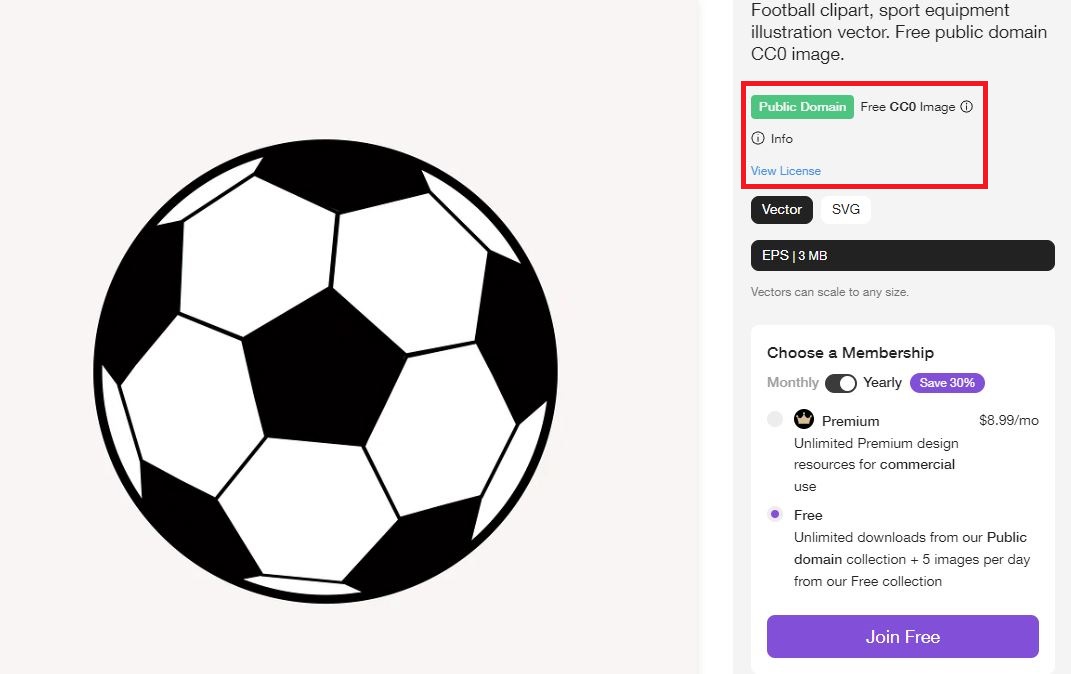The APA standard is a standard for the formatting of citations and bibliographies. At NIH, it is mandatory for all students (not Master students) to use the APA standard for home exams and written assignments/exams.
The APA manual is the standard for the APA style in Norway, and we encourage everyone to use this. Examples and guidelines:
NB! The Citation Compass is based on the APA manual, so remember to check that the date in The Citation Compass is newer than the date in the APA manual.
Self-plagiarism
= reuse paragraphs or excerpts from your own assignments, which have previously been submitted, without stating these as your sources.
If you reuse parts of your own text from a previous submission, you must:
- Either rewrite well and change the structure of the text as well as state yourself as the author/reference.
- Or you change nothing in the text and treat it as a direct quote and state yourself as the author/source.
Example:
The student Åse Berg uses text from her Bachelor's thesis in her Master's thesis. To avoid self-plagiarism, she must state the Bachelor's thesis as a reference, both in the text and in the bibliography.
- In the text: "A muscle can only shorten if the force is greater than the resistance, and there are essentially three types of muscle work; concentric, eccentric and isometric. In a concentric contraction, the muscle is shortened, while in an eccentric contraction it is lengthened" (Berg, 2016, p. 23).
- In the reference list: Berg, A. (2016). The size of children's muscles [Unpublished document]. The Norwegian Sports Academy.
Secondary sources
= the source you are reading cites content that was first presented in another source.
Remember that secondary literature should be used with caution, for example when the original work is untraceable or otherwise unavailable or in a language you do not understand.
Do you use APA in Word?
You must have APA 7. ALWAYS check that the reference matches Kildekompasset (or the APA manual). If you do not enter the correct components (book, chapter, website, law, etc.) in APA in Word, then it will be incorrect.
Tables, figures and pictures
Are you planning to reproduce a figure or a table from another source? Contact the publisher and ask whether you need permission from any of the copyright owners.
Images you can use freely
Many images are protected by copyright, so you must apply for permission to use them. But you can easily find images that can be used freely, e.g. at Flickr.

You can also search for images for free use in Google by adding "creative commons" to the search (option under "Tools"). Then remember to look for license information (e.g. do you have to credit the photographer/the person who owns the image?). In the example to the right, the link to the license is clearly visible (red square). The image is taken from https://www.rawpixel.com.